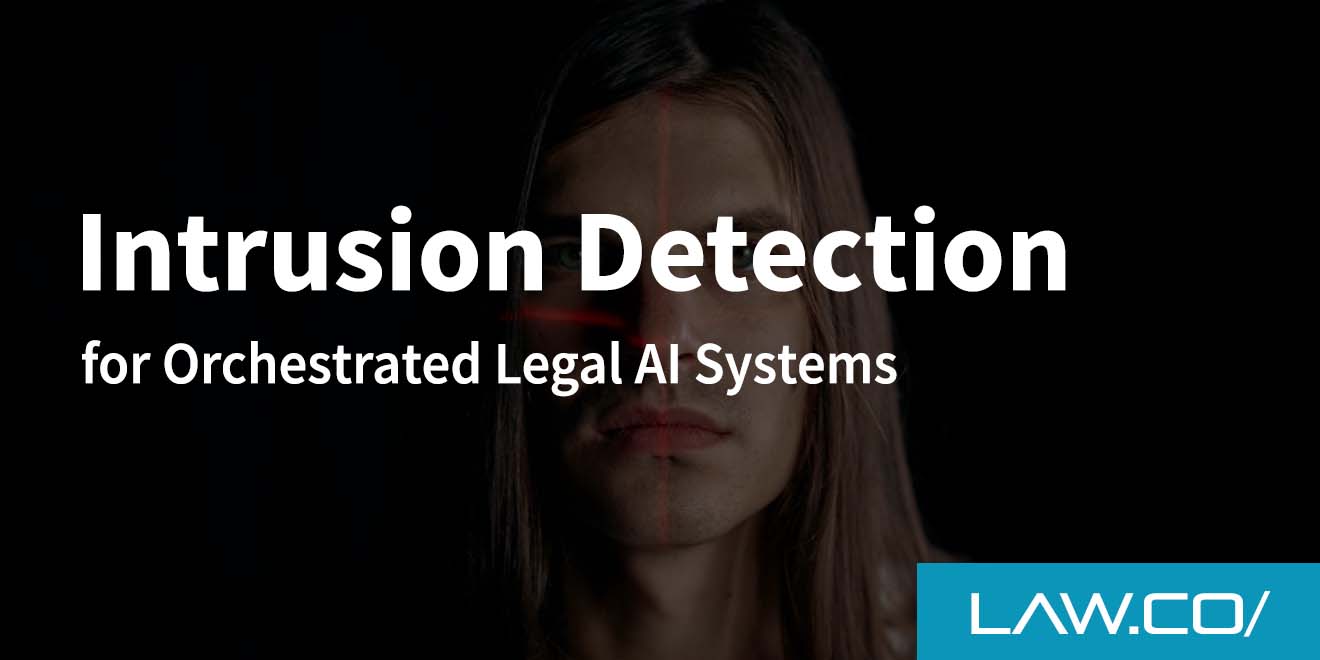

Zero-Click Searches: Unveiling the Concept and Implications
The digital landscape is rapidly evolving, and understanding the latest trends in search technology can be a difficult task.Zero-click searches are beginning to occupy an increasingly prominent role in this shift as they provide users with quick access to relevant information without even clicking through webpages or links.For website owners and marketers, keeping up with these developments has become paramount for success; however, most lack knowledge of how zero-click searches work and what implications it may have on their business strategies.This article seeks to unpack key aspects behind zero-click searching that will ultimately equip readers further grasp manipulating this concept budding within our contemporary world economy efforts to remain competitive, viable companies aspiring to reap the rewards in this highly lucrative digital arena.Exploring Zero-Click Searches

SourceA Zero-click search is a type of digital query where the user’s intent can be satisfied by displaying detailed answers and information on SERP—without requiring any further clicks to other websites or resources.Commonly, users come across zero-click searches when encountering featured snippets and knowledge graphs in their results page.
Examples of zero-click search results
Examples of these type of search results can include definitions from Wikipedia populating at the top for specific queries or images related posts being offered instead when searching terms like “weather” or "best movies."
Factors driving zero-click searches

Source
1. Evolving search engine algorithms
Evolving search engine algorithms are one of the key factors driving zero-click searches. Major search engines, such as Google and Bing, continue to update their algorithms in order to provide users with results that most accurately reflect their query intent without them needing to visit an external website.These updates prioritize featured snippets or direct answers over organic link clickthroughs and thus surging the popularity of zero-click searches for users seeking convenient information retrieval experiences.
2. Advancements in natural language processing
Advancements in natural language processing have played a key role in the growth of zero-click searches. By leveraging advanced algorithms and statistical models, search engines are better able to interpret user questions and find accurate answers from online sources without requiring users to click through webpages for further information.This has allowed them to define high quality questioning/answering systems that provide direct results with little or no input needed from the user. As these technologies continue to evolve, we expect even more efficient methods of analyzing query intent and providing relevant global responses on diverse topics will become available over time.
3. Mobile and voice search trends
Mobile devices have revolutionized modern digital interactions, allowing users to access information quickly anytime, anywhere. The rise of mobile usage has consequently led to increases in voice recognition technology as a way for people to conduct their online searches more efficiently using spoken queries rather than typing them out on keyboards or touchscreens.This shift towards different platforms further influences how search engine algorithms interpret user inputs, leading to increased adoption rates amongst consumers with more simple yet direct answers generated without having the need click through any websites results page links.
Implications for SEO and Content Strategy

Source
Optimizing for zero-click searches
1. Understanding user intent and search queries
In order to optimize for zero-click searches, website owners and marketers must understand user intent and search queries. This means understanding the type of information users are looking for when they make searches - whether it is a direct answer or more comprehensive content on a certain topic.Additionally, research should be conducted into what kind of language is used in these queries as well as the common topics being searched so that appropriate keywords can be included in webpages' titles and subheaders. Finally, targeting niche long-tail keywords may also help websites rank higher since more specific results have an increased chance at appearing directly within snippets or knowledge graphs of Zero Click Searches.
2. Implementing structured data markup
Structured data markup is an important step in optimizing for zero-click searches. Essentially, it involves labeling and organizing web content using machine readable language such as Schema.org vocabulary so that search engines can understand the context of a website's information better.Structured data helps to ensure that users are served with results even when they don’t have to click into any websites or take other actions—driving more effective zero-click features like featured snippets and knowledge graphs on SERPs (Search Engine Result Pages).Website owners should prioritize implementing structured data if their goal is to appear prominently in these types of search results, thereby improving visibility among competitors within the digital space.
3. Creating comprehensive and concise content
Creating comprehensive and concise content that is optimized for zero-click searches involves understanding user intent behind queries, what keywords to use, incorporating relevant structured data markup language into the website’s source code as well as creating informative snippets using natural language.Quality content must be crafted thoughtfully with keyword research conducted in order to optimize search engine visibility without compromising readability of the text at the same time.Utilizing visual cues such as images or infographics also enables successful optimization results for topics with a higher volume of users seeking an answer quickly through zero-click on feature generation substrates like Google knowledge graph which shows information spanning across multiple websites directly from SERPs (search engine result pages).
Balancing between zero-click and organic traffic
1. Diversifying traffic acquisition channels
Balancing between zero-click and organic traffic involves diversifying the channels one uses to acquire online visitors. Website owners should not depend too heavily on traditional SEO for traffic because of the influx in zero clicks but instead, look into other sources such as social media marketing or email newsletters.Having a range of different strategies at play allows website owners to remain agile with their approach and capture users from multiple platforms when those particular streams dry up due to changing search engine algorithms or user behaviors.
2. Focusing on long-tail keywords and niche topics
When it comes to balancing between zero-click and organic traffic, marketers should focus on long-tail keywords and niche topics. These allow for more specific searches that are less likely to be answered by a featured snippet or knowledge graph; thus providing higher click through rate opportunities due to increased visibility in the SERPs (search engine results pages).It is also important that content provides detailed information related specifically towards target audience needs which can help website owners rank better for longer phrases while still being useful enough against potential competitors with similar offerings.
3. Leveraging local search optimization
Local search optimization is an important part of balancing between zero-click and organic traffic. Local SEO uses targeted keywords, map listings, user reviews, and structured data markup to rank higher in local searches.When properly implemented local SEO can help your business stand out on the SERP when users are searching for a particular product or service near them making it easier for potential customers to find you among the competition who may not be optimizing locally as much as they should be.Additionally, focusing efforts at getting listed with reputable local directories like Google My Business helps build trust which further strengthens standing within the target audience’s mind thus contributing positively towards achieving desired results from both organic and localized efforts likewise.
Future Trends and Predictions

Source
Evolution of zero-click searches
1. Integration of artificial intelligence and machine learning
The evolution of zero-click searches is being driven by the integration and advancement of artificial intelligence (AI) and machine learning technologies. This means that search engines are becoming increasingly capable of providing users with answers to their queries even without them having to click through any websites.AI powered systems can provide more accurate results in shorter amounts of time, delivering personalized experiences tailored for every specific user query. With such capabilities, it's clear why so many companies are investing heavily into developing these solutions as they offer tremendous potential benefits over traditional methods or manual data analysis for a wide variety of use cases ranging from digital marketing optimization to customer service automation.
2. Personalized zero-click experiences
With the introduction of personalized or "smart" zero-click searches, users can expect more targeted results that are tailored to their individual needs. This could mean being served specific products based on past shopping habits, relevant news related to user interests, local businesses within a particular area etc.Such personalization attempts not only aim at enhancing engagement but also improving overall accuracy in providing answers for queries from various sources faster than ever before without any action required by the user thus dramatically reducing total time spent searching online greatly.
3. Voice search dominance and conversational interfaces
The evolution of zero-click searches is accelerating, especially with the rise in voice search and conversational interfaces, including conversational AI. As users move away from traditional text entry queries to more natural language sentences on smart speakers or devices, search engines are adapting to provide results without any conventional clicking.The use of machine learning algorithms for behavior analysis helps identify user intent quickly resulting in quick access of relevant information through creative SERPs (search engine result pages).Companies must soon come up with strategies that leverage this new trend so they don't miss out on potential organic traffic sources as it would be detrimental if a website fails to stay updated about current changes made by popular search players like Google and Bing.
Conclusion
Zero-click searches have become increasingly important in the digital landscape, and it is essential for website owners and marketers to understand how they work. By leveraging features such as knowledge graphs, rich snippets, structured data markup, long-tail keywords, local search optimization and voice search capabilities amongst others; these players should be able to optimize their content strategies accordingly so that users can find what they need without having to click on answer links from search engine results pages (SERPs).While challenging at first due its dynamic nature which requires frequent analysis of SERP performance metrics with the help of web analytics tools; a strong understanding will result in diversified traffic rather than relying solely on organic or PPC sources.As AI technologies get more advanced over time, with personalized zero-click experiences dominating alongside visual/video contents being leveraged, we hope this article has highlighted some key points needed when looking into SEO strategy adaptations towards achieving better-ranking positions within Google’s latest algorithms today.

%201.svg)










